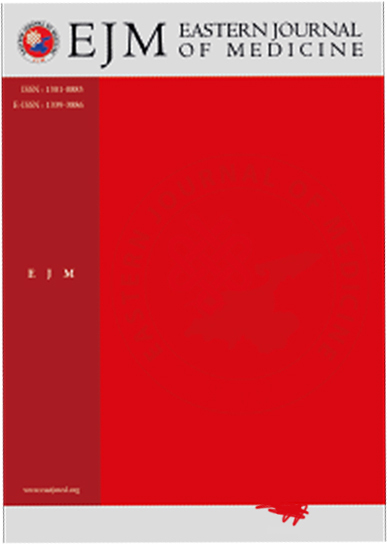Serum Vitamin D Levels in Children by Seasons of the Year
Berfin Özgökçe Özmen1, Gökmen Alpaslan taşkın1, Avni Kaya1, Yaşar Cesur1, Murat Doğan1, NİHAN özel erçel21Yuzuncu Yıl University Faculty Of Medicine, Department Of Pediatric Endocrinology, Van, Turkey2PhD, Department of Biostatistics and Medical Informatics, Mersin University Faculty of Medicine, Mersin, Turkey
INTRODUCTION: Different reference values are used for 25-OH vitamin D in children than in adults. There are no cut-off values determined by seasons in children. This study aimed to determine 25-OH vitamin D plasma cut-off values according to seasons in children.
METHODS: A total of 1237 children, including 614 girls and 623 boys, aged 0-18 years were included in the study. The children were divided into 11 different groups according to the three main age groups (infancy (0-36 months), prepubertal and pubertal) and other age groups in summer and winter seasons. Serum calcium, phosphorus, magnesium, alkaline phosphatase, parathormone and 25-OH vitamin D levels were determined in all cases
RESULTS: Results: The values for serum 25-OH vitamin D levels were >18,7 ng/ml in summer and ≤18,7 ng/ml in winter in infants, >21,8 ng/mL in summer and ≤21,8 ng/mL in winter in prepubertal children, >22,2 ng/mL in summer and <22,2 ng/mL in winter in pubertal children.
DISCUSSION AND CONCLUSION: Very different results regarding vitamin D in age groups and high deficiency rates even in summer indicate a serious problem. There is a need to redefine the 25-OH vitamin D reference values in children by seasons. We think that if we stick to the calculated values, the treatment doses to be given could be reduced and perhaps not given at all. This could eliminate lengthy treatment protocols and hospital visits and avoid the use of unnecessary vitamin D.
Manuscript Language: English














